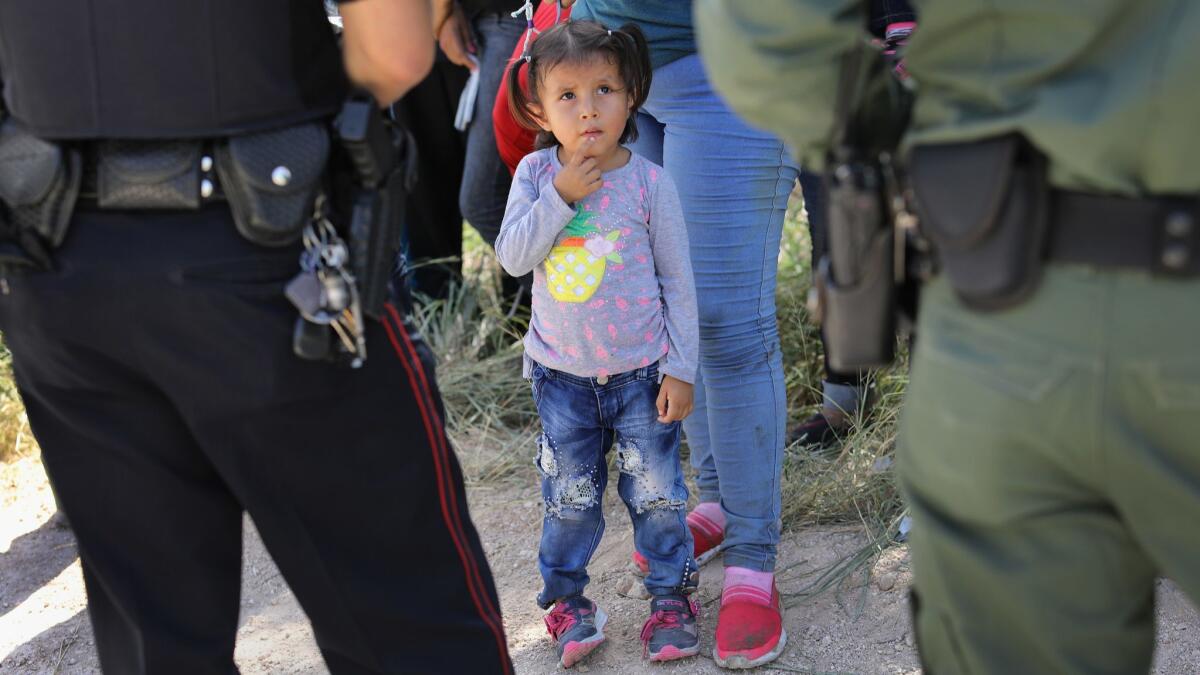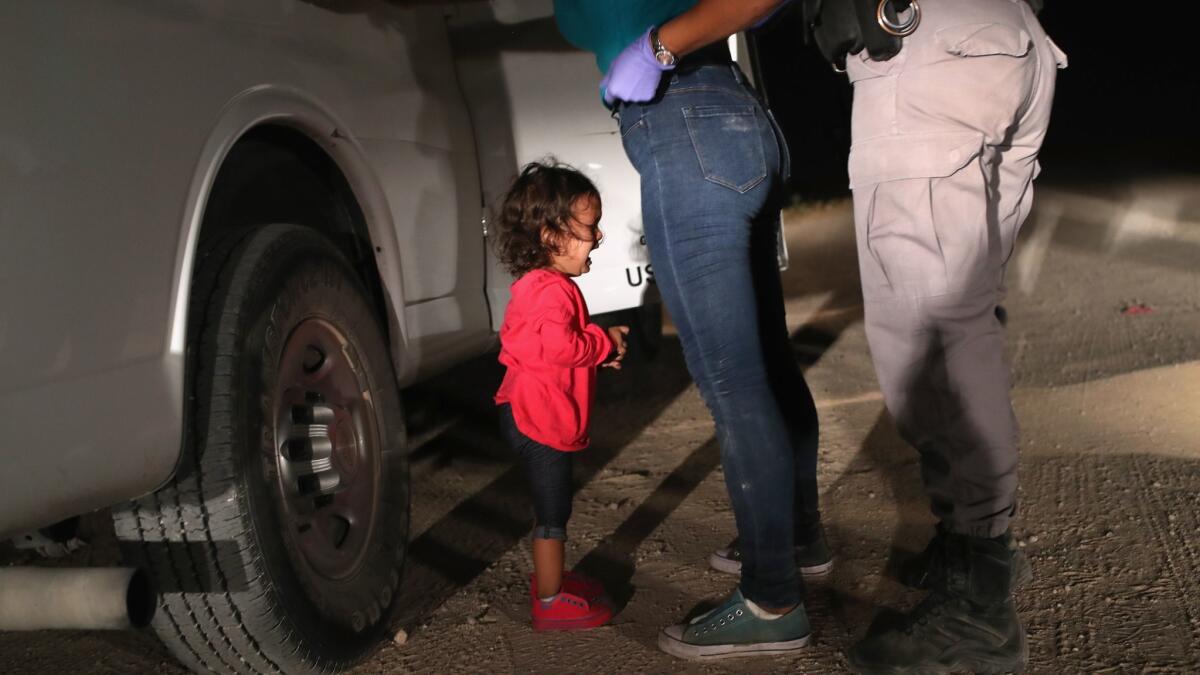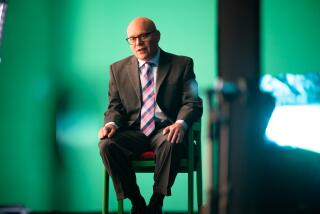Q&A:: The long-lasting health effects of separating children from their parents at the U.S. border

Video from inside the Border Patrolâs controversial processing center in McAllen, Texas, during a media tour on June 17.
Researchers have long looked upon wars, famines and mass migrations as grim but important opportunities to understand how adversity affects childrenâs health.
Theyâve culled the experiences of orphans warehoused in government facilities, Jewish children dispatched to foreign families ahead of a Nazi invasion, and young refugees fleeing guerrilla warfare in Central America. Theyâve conducted experiments in child development labs, taken brain scans, used epidemiological methods, examined the narratives of children torn from their parents â all in an effort to find meaning in tragedy.
Their trove of findings points to one unmistakable conclusion:
Separating kids from their parents is detrimental to their physical and mental health.
U.S. immigration officials have taken more than 2,300 child migrants from their parents since May, when the Trump administration initiated a âzero toleranceâ policy and began detaining the adults for criminal prosecution. Amid nationwide outrage, President Trump signed an executive order Wednesday to bring an end to his controversial family separation policy.
Even after children are reunited with their parents, the lingering effects of their time apart may continue to put them at increased risk for a range of health problems. Read on to learn why.
Q. Why is a parentâs presence so important?
A. Thereâs a reason that childhood in humans lasts as long as it does: It takes that long for a childâs brain to mature into adulthood, says Columbia University psychology professor Nim Tottenham, an expert in emotional development.
âA parent is really in many ways an extension of the childâs biology as that child is developing,â Tottenham said. âThat adult whoâs routinely been there provides this enormous stress-buffering effect on a childâs brain at a time when we havenât yet developed that for ourselves. Theyâre really one organism, in a way.â

When the reliable buffering and guidance of a parent is suddenly withdrawn, the riot of learning that molds and shapes the brain can be short-circuited, she said.
The brains of children who have experienced such a breach appear to become hypervigilant to threats â a hallmark of post-traumatic stress disorder. The regions of the brain that govern reward behavior donât respond normally, making them vulnerable to depression, anxiety and substance abuse. And cortical structures needed for attention, planning, judgment and emotional control donât develop properly.
Q. How bad could it be?
A. Thereâs evidence that such an experience casts a shadow well into adulthood, and that the effects may even extend beyond a single generation.
âOn average, what we see is that this early experience seems to be a major risk factor for mental health problems later on in life,â said Tottenham, who has studied the outcomes of children raised in care institutions â orphanages â throughout Eastern Europe and China.
As these children neared adolescence and beyond, their rates of âinternalizingâ behavior (such as anxiety and depression) as well as âexternalizingâ problems (such as impulse control, conduct disorder, attention problems and substance abuse) were all significantly higher than those of kids who grew up in intact households.
âThis effect lasts years,â she said.
Mental health is not all that suffers. Early trauma and adversity are thought to set a person up for physical stress reactions â specifically, the release of the âflight or fightâ hormone cortisol â that arenât normal. With age, that âstress sensitizationâ is thought to contribute to the development of chronic health problems ranging from pain syndromes to cardiovascular disease.
Q. What does this look like on the ground?
A. Just ask Rachelle Goldstein, co-director of the Hidden Child Foundation, which represents Jewish Holocaust survivors like herself who were hidden during the war when they were young.
âThe separation of family was probably the worst thing that ever happened to us,â Goldstein said. âYou take a child away from the parents, from the home, from everything they know â they are never the same.â
Even for survivors now in their 70s, 80s and 90s, she added, âit still aches.â
Q. Whatâs going on?
A. More than 50 years ago, Dr. John Bowlby described the reactions of young children to separation from their parents during a stay in the hospital. His observations became the cornerstone for psychologistsâ understanding of âattachment,â the relationship between infant and caregiver that fundamentally shapes our social worlds.
âThe sequence was: protest, despair, and detachment,â said University of Rotterdam psychologist Marinus van IJzendoorn, who has studied the effects of trauma and family separation in India, Vietnam and elsewhere.
In the first few days after separation, the children are expected to protest by crying and acting out in ways that reflect a desperate effort to secure the return of their parents. Within a few weeks, they appear to lapse into despair, seemingly without hope for a returning parent. They show little energy or motivation to play and explore.
After less than a month or so, Bowlby observed that the children âseem detached,â Van IJzendoorn said. If the parents return, the children seem aloof and avoid the parentsâ efforts to comfort and cuddle.
âIt might take some months of careful, sensitive interactions to repair the damage done to the attachment relationship of the child,â Van IJzendoorn said. âThe parents have failed the child, and he or she has lost trust in his or her attachment figures, and the wider social world seems hostile. ⌠Their basic trust has been damaged.â
Q. Is it permanent?
A. UCLA pediatrician Elizabeth Barnert, who has studied the âdisappeared childrenâ of El Salvador, has seen the long-term consequences of such separations. Boys and girls separated from their parents during El Salvadorâs civil war in the 1980s are adults now in their 30s and 40s, and many have never recovered their ability to trust others, she said.
âIt truly creates an unresolvable grief,â Barnert said. After not knowing whether they would ever meet again, many were reunited after hostilities ended in 1992.
âThereâs such an explosion of emotions,â she said. âThe children are feeling so much joy and grief and anger and abandonment. And parents feel relief and gratitude and guilt. There is an ongoing, lifelong pain as a result of the separation.â

Q. Can this be studied in a clinical trial?
A. Itâs highly unlikely that bodies called Institutional Research Boards, which police the ethics of proposed research projects at universities, would approve a clinical trial that deliberately separated young children from their primary caregivers in order to see what would happen.
âNot a chance,â said NYU medical ethicist Arthur Caplan. Doing so would certainly run more than the âminimal riskâ to children that these governing bodies are allowed to accept, he said.
Q. So how do we know about the health effects of separating children from their parents?
A. Clues as to the effect of child separation come from a broad body of work on childhood adversity. Child abuse and neglect, of course, offer some examples. But child trauma â including an abrupt or open-ended separation from a primary caregiver â is widely thought to leave the same types of scars, including social and emotional problems that negatively affect relationships, education and everyday functioning.
Researchers piece together the effects of childhood adversity by revisiting the children who were caught up in historical upheavals such as the Holocaust and the separation of children from their parents during El Salvadorâs civil war.
Stephen Gilman of the Eunice Kennedy Shriver National Institute of Child Health and Human Development has tracked the health consequences of dispatching 70,000 children from Finland during World War II, and the echo-effect in the offspring of those now-adults.
âAny study like ours looks at averages,â Gilman said. The effects varied from child to child, he stressed. But overall, the statistics told a story of the disruptionâs long shadow.
MORE IN SCIENCE
World Health Organization says video game addiction is a disease. Why American psychiatrists donât
Foods that are both fatty and sweet can hijack the part of the brain that regulates food consumption
Ties between researchers and alcohol producers prompt NIH to shut down study of moderate drinking
UPDATES:
1:30 p.m.: This story has been updated with information about President Trumpâs executive order to end the family separation policy.
This story was originally published at 3 a.m.







